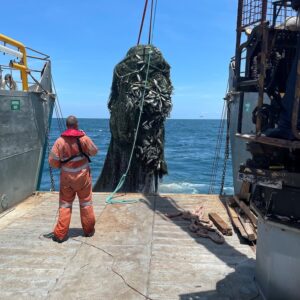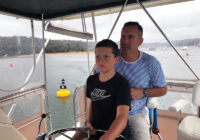Australia’s northern coastline is a hotspot for marine debris and abandoned fishing nets known as ‘ghost nets’.

Some ghost nets can be up to a kilometre long and weigh up to 10 tonnes—they are a floating trap for any marine animal that encounters them.
The Australian Government is supporting communities and organisations to address this problem in northern Australia through a new $3 million grant program.
Grants of $30,000 to $400,000 are available over two years from early 2023.
Projects are encouraged to help detect or remove ghost nets and debris from our waters and dispose of them sustainably, possibly through new technological solutions.
This initiative builds upon years of hard work by Indigenous rangers, non-government organisations and communities in northern Australia who have been locating and removing deadly ghost nets and marine debris from our coastlines. Up to 15,000 ghost nets have been reported in the Gulf of Carpentaria in the last 10 years.
The program is part of a broader $14.8 million Ghost Nets Initiativetohelp protect our unique marine habitats and wildlife.
Applications for the Ghost Nets Innovative Solutions grant program are now open to 5 December 2022. For more information visit the Ghost Nets Initiative page or the SmartyGrants website.
The coastline of northern Australia has one of the highest global densities of ghost net pollution. Tonnes of abandoned fishing gear drift into the Gulf of Carpentaria each year, entangling marine life, damaging coral reefs and creating biosecurity and vessel hazards.
The prevailing currents and conditions in the Arafura and Timor Seas and the Torres Strait mean that discarded or lost nets remain trapped in the Gulf until they are eventually washed ashore.
Meanwhile, the plastics found in ghost nets continue to degrade. It has been estimated that the plastics can remain in the marine environment for hundreds of years.
Due to the remoteness of these regions, ghost nets can be very hard to detect and even more difficult to retrieve. Once recovered, they must be disposed of sustainably, or re-purposed in an economically viable way.
For more information about the grant click here.








